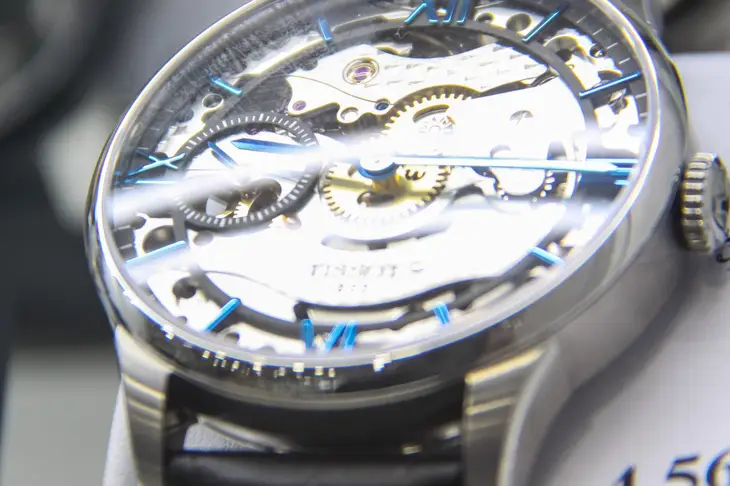“Have you ever wondered how much time is spent on the little things that we put off for later? The answer is frightening. A Harvard Business School study in 2025 found that the average office worker wastes up to 9.7 hours per week on micro-tasks that could be completed immediately (Harvard Business Review). And this is where the famous two minute rule described comes into play […]”, — write: businessua.com.ua
A Harvard Business School study in 2025 found that the average office worker wastes up to 9.7 hours per week on micro-tasks that could be completed immediately (Harvard Business Review).
And this is where the famous two-minute rule described by David Allen in Getting Things Done comes into play.
 Photo: © Bilnovyny The point is simple: if an action takes less than two minutes, do it immediately. But in 2025, this principle ceased to be just a life hack to fight procrastination.
Photo: © Bilnovyny The point is simple: if an action takes less than two minutes, do it immediately. But in 2025, this principle ceased to be just a life hack to fight procrastination.
It has evolved into a time-saving tool that is actively used by companies from startups in Berlin to corporations in Silicon Valley.
In October 2025, the Shtab.app portal updated the article about the “two-minute rule”, noting that it had become part of corporate productivity policies.
In some IT companies, employees are obliged to close “two-minute tasks” immediately, so as not to overload the tracker system.
Economists explain the effect simply. Behavioral economist Richard Thaler, winner of the Nobel Prize, wrote about the “cost of attention switching” in his early works.
Each return to the task requires additional cognitive effort. If the trifle is closed immediately, the brain is freed for more complex processes.
Here’s how it actually works: You’ve received an email to which you can respond with a single offer.
If you put it off, you’ll spend three times as much time re-reading and remembering the context later. On the scale of a week, these are dozens of such cases.
In 2025, when work processes have accelerated and the amount of communication has increased, the two-minute rule has become not just advice, but a necessity.
According to the LinkedIn Economic Graph for September 2025, employees who use the technique of instant closure of tasks show 18% higher productivity.
But there is also a reverse side. Psychologists warn: you can’t turn a rule into a cult.
If you start grasping at every little thing, it can lead to burnout. Balance is important: two-minute tasks should free up time, not turn into an endless stream.
Still, if you want to get ten hours a week back, start small. Answer the letter. Write down the thought.
Take out the trash. And feel how space is freed up for really important things.
Read also
- Do Belarusians need to declare a smartphone bought abroad: and here is the correct answer
- Gold Rush 2.0: Why China and Russia are buying gold in preparation for a dollar collapse
Please wait…
